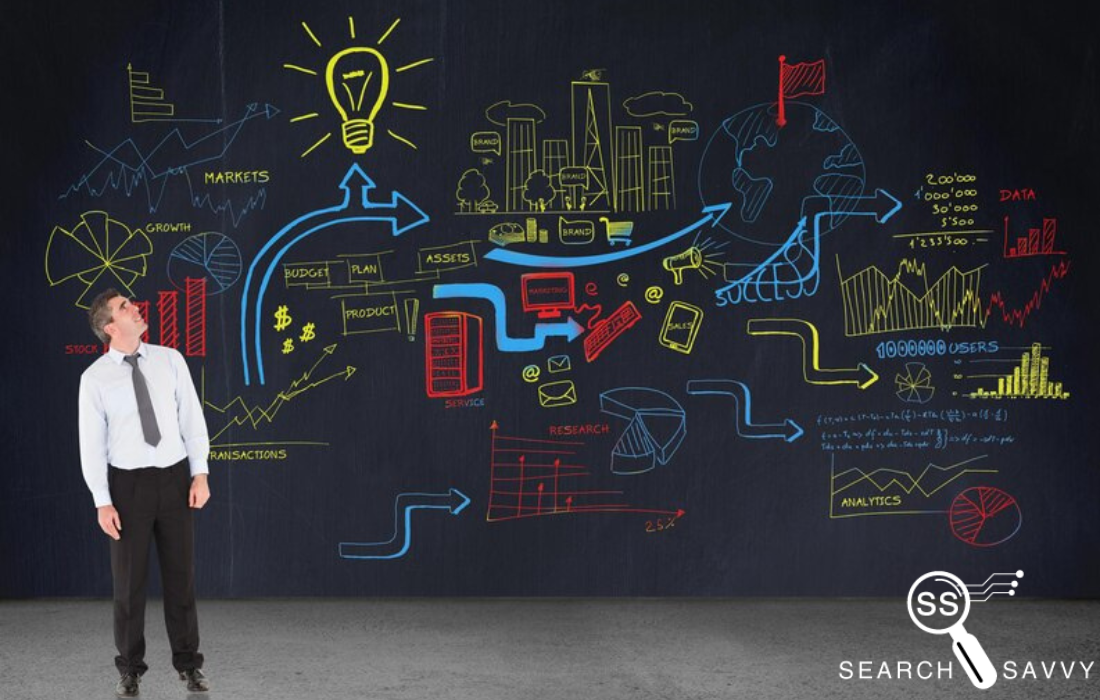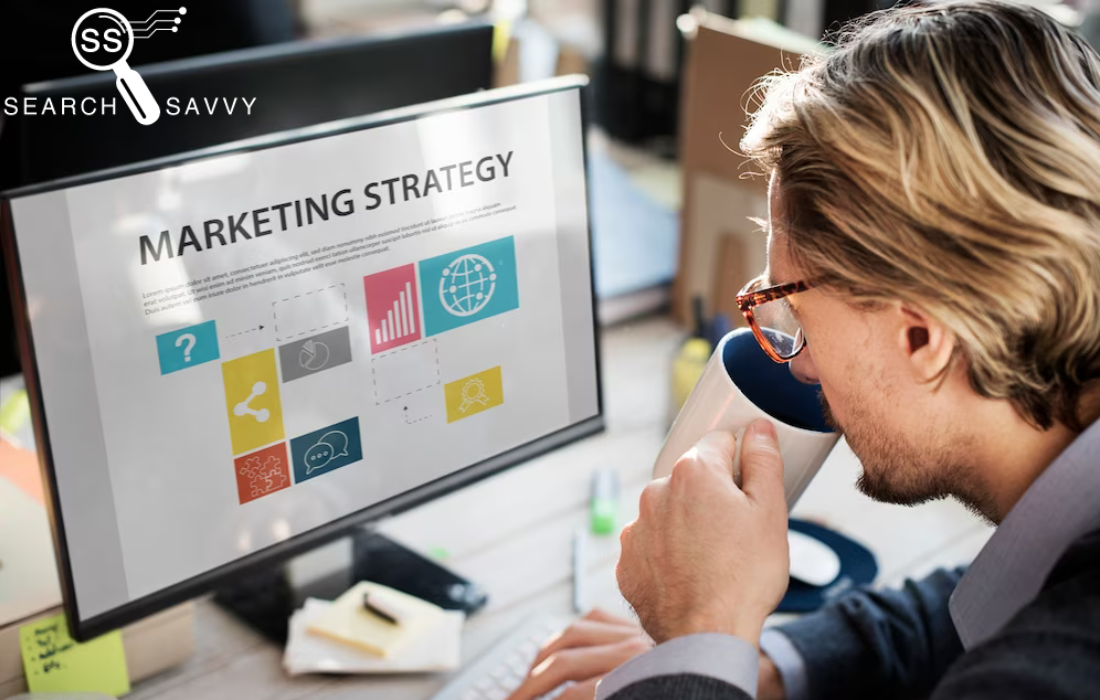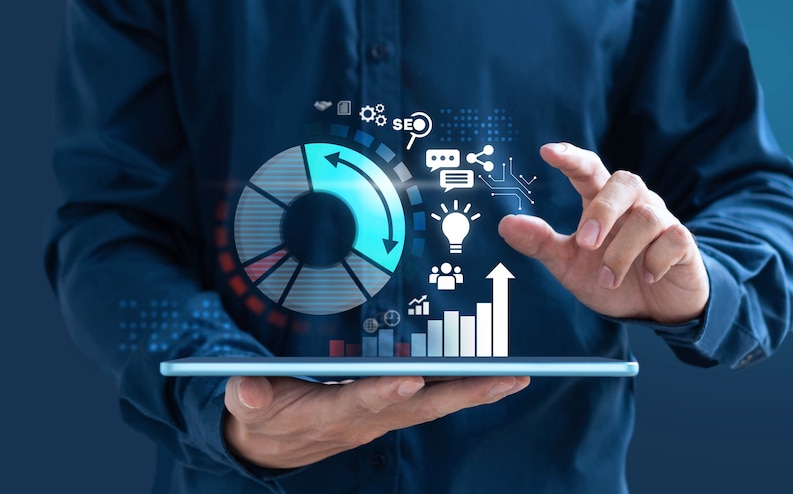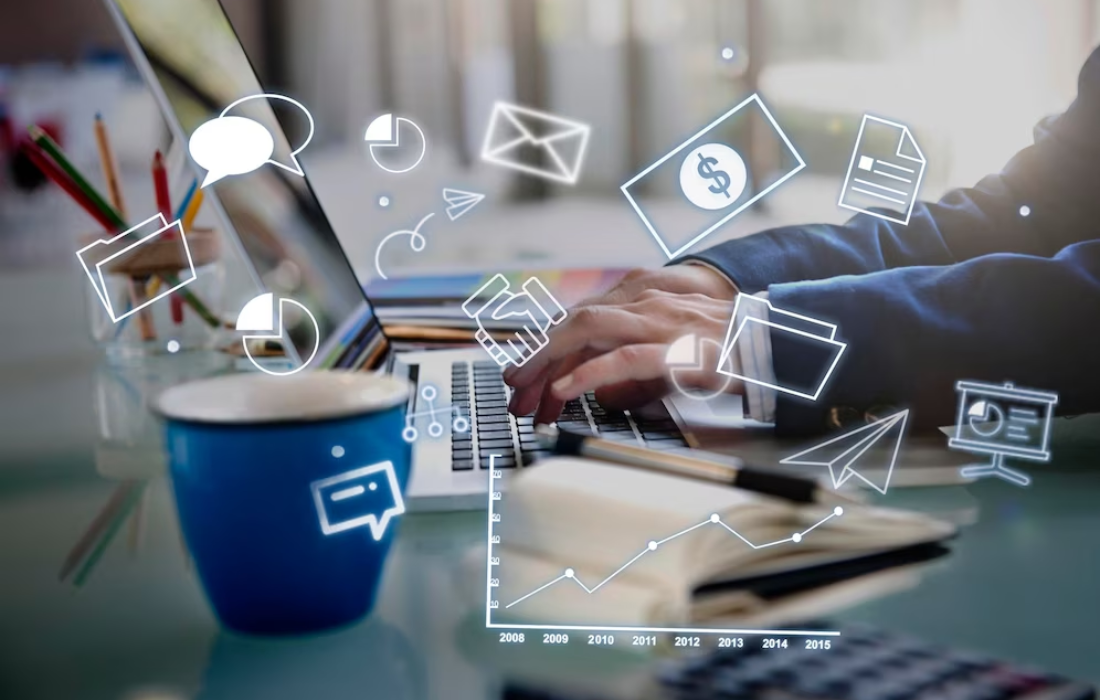In the fast-paced world of digital marketing, what worked last year may not necessarily deliver the same results this year. With 5G, AI advancements, evolving privacy regulations, and a more savvy audience, digital marketing strategies need to be agile, data-driven, and innovative. As we approach 2025, businesses must refine their digital marketing strategy to stay ahead of the curve and ensure they are targeting the right customers with the right approach.
In this post, we’ll dive deep into what’s working in digital marketing right now and what isn’t, backed by data, trends, and actionable insights for marketers looking to optimize their strategies in 2025.
What’s Working in Digital Marketing Strategy in 2025?
1. AI-Powered Personalization
Why AI Is Leading the Charge
Artificial intelligence is no longer a futuristic concept—it’s a key driver in digital marketing strategies. In 2025, AI-powered personalization is the backbone of successful marketing campaigns, helping businesses understand customer behavior, preferences, and pain points more accurately than ever before.
According to McKinsey, businesses that use AI-driven personalization see 5 to 8 times higher ROI than those that don’t.
How to Implement AI-Powered Personalization
- Predictive Analytics: Use AI to predict customer behavior and tailor your content and offers to their needs. Tools like HubSpot and Salesforce Einstein allow for segmentation based on advanced data insights.
- Dynamic Content: Personalized emails and web pages, powered by AI, can adapt in real time based on user behavior. Dynamic product recommendations and personalized landing pages are proven to increase engagement and conversion rates.
- Chatbots & Virtual Assistants: AI-driven chatbots now play an essential role in providing personalized customer service, guiding users toward their desired solutions or products efficiently.
2. Video Content and Live Streaming
The Growing Power of Video Marketing
Video marketing has become a powerhouse for engagement. According to Wyzowl, 86% of businesses use video as a marketing tool, and 93% of marketers say that video has increased customer understanding of their products or services.
Live streaming, in particular, is dominating as it allows for real-time interaction with consumers and drives immediate engagement.
How to Leverage Video Content
- Shoppable Videos: Integrate eCommerce capabilities into your videos. Platforms like Instagram and TikTok have integrated shoppable tags that allow users to buy directly from the video, reducing friction in the purchasing process.
- Live Streaming: Platforms like YouTube, Instagram, and Facebook have live streaming features that foster interaction and build real-time engagement. Live Q&A, behind-the-scenes tours, or product launches can engage your audience and boost brand loyalty.
- User-Generated Content (UGC): Encourage your audience to create and share videos featuring your brand. This type of content builds trust and authenticity, especially with younger audiences.
3. Voice Search Optimization
Why Voice Search Is a Game Changer
Voice search is growing exponentially, with 40% of adults using voice assistants like Siri, Alexa, or Google Assistant every day.
As smart speakers and mobile devices become more integrated into daily life, optimizing for voice search is no longer optional—it’s a necessity.
How to Optimize for Voice Search
- Natural Language Processing (NLP): Focus on long-tail keywords and conversational phrases. For instance, instead of “best digital marketing agency,” use “what is the best digital marketing agency near me?”
- Featured Snippets: Voice assistants often pull information from Google’s featured snippets. Aim to optimize your content to appear as a featured snippet by answering questions clearly and concisely.
- Local SEO: Since a large portion of voice searches are locally focused, ensure your business is optimized for local SEO by claiming your Google My Business listing and using location-based keywords.
4. Influencer Marketing 2.0
The Shift Toward Micro-Influencers and Niche Audiences
While influencer marketing is not a new strategy, the landscape has shifted. In 2025, micro-influencers and nano-influencers are outperforming their macro counterparts due to their higher engagement rates and more authentic connections with their followers.
According to Influencer Marketing Hub, 70% of marketers say that influencer marketing works better for them than traditional ads, and campaigns with micro-influencers generate 6.7 times more engagement than those with large-scale influencers.
How to Master Influencer Marketing
- Identify Relevant Influencers: Look for influencers whose followers align with your target audience and who are trusted within specific niches.
- Long-Term Partnerships: Rather than one-off collaborations, focus on building ongoing partnerships with influencers to create a deeper connection with their followers.
- Authenticity Over Reach: Select influencers based on engagement quality rather than their follower count. Authentic endorsements can lead to better conversion rates.
5. Data-Driven Marketing and Attribution Models
The Importance of Data in Modern Marketing
Data-driven marketing is key to making informed decisions and optimizing campaigns for the best results. With AI, machine learning, and predictive analytics, data is being used to better understand customer journeys, predict outcomes, and allocate budgets more efficiently.
According to Forrester, 78% of marketers say that using data to guide decision-making has resulted in improved ROI.
How to Use Data-Driven Marketing
- Attribution Models: Use multi-touch attribution models to understand the impact of various channels (email, social media, SEO) on your conversions.
- A/B Testing: Continuously test ads, emails, and landing pages to optimize campaigns in real time.
- Customer Data Platforms (CDPs): Centralize and unify your customer data for deeper insights and more personalized marketing.
What’s Not Working in Digital Marketing Strategy in 2025?
1. Over-Reliance on Paid Ads
Why Paid Ads Are Losing Their Effectiveness
While paid advertising (Google Ads, Facebook Ads) is still an important part of the marketing mix, ad fatigue is a real problem. Consumers are becoming more ad-averse, using ad blockers and ignoring banner ads. Additionally, ad costs are increasing, making paid campaigns less cost-effective.
What to Do Instead
- Focus on Organic Growth: Invest in content marketing, SEO, and social media engagement rather than relying solely on paid ads.
- Experiment with New Channels: Explore emerging platforms like Threads and TikTok for more organic reach.
2. Ignoring Privacy and Data Regulations
Why Privacy Is a Major Concern
As data privacy laws like GDPR and CCPA become stricter, failing to comply can harm your brand’s reputation and result in costly penalties. Consumers are more cautious than ever about sharing personal data.
What to Do Instead
- Be Transparent About Data Usage: Clearly communicate how customer data is being used and provide options to opt-out.
- Focus on First-Party Data: Build trust by using customer-provided data directly, rather than relying on third-party cookies.
Conclusion
In 2025, the digital marketing strategy landscape is evolving faster than ever, with AI, video content, and voice search leading the way. By focusing on personalization, data-driven decisions, and authentic influencer partnerships, businesses can significantly improve their marketing efforts. However, marketers must also be aware of the risks of over-relying on paid ads and ignoring privacy regulations.
The key to success lies in staying ahead of trends, being adaptable, and ensuring that your strategy is always aligned with the latest consumer behaviors and technology innovations.




